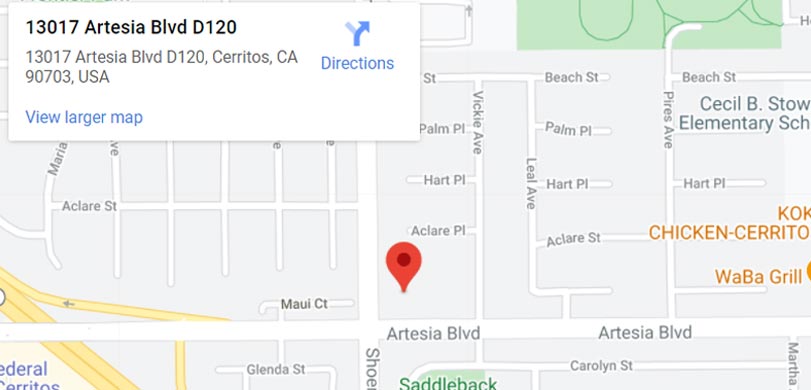Dental bonding is a great modern method to address functional and cosmetic dental issues. It is a teeth-restoring procedure that uses special resin composite material. The resin composite is applied to the patient’s teeth to change their shape or color. In this article, we explain how dental bonding repairs damaged teeth.
How Dental Bonding Repairs Damaged Teeth
Cases for Dental Bonding
Dental bonding is sometimes called composite bonding because of the material used in the procedure. The avenge of composite material is that its color can be matched to the color of your natural teeth. Dental bonding is useful in cases of:
- Cracked or chipped teeth
- Worn-down, discolored or stained enamel
- Gaps between teeth
- Short teeth
Who Can Not Get Dental Bonding?
Before the procedure you will typically need to get an X-ray done. Also, your dentist will carefully examine and evaluate your general oral health. Some patients might not be able to get dental bonding. Some examples of problems that will not allow for dental bonding:
- Severe teeth decay
- Gum disease
If you have these or some other serious dental health concerns, they will need to be fully treated before you can get dental bonding.
The Procedure Outlook
The procedure of getting dental bonding is not painful and usually does not require any anesthetic medication. The dentist works only on the surface of the teeth without touching nerves, roots, or any other pain-sensitive areas.
After the best shade of the bonding material is selected, your dentist will prepare your teeth for the procedure. The preparation involves roughening the teeth and applying a special conditioning liquid. The next step is to apply the bonding material and to model it into a desider shape.
After the bonding material is applied, it hardens and bonds with the teeth by curing light, and then the teeth are polished.
This treatment takes 30 to 60 minutes per tooth.
Benefits and Disadvantages of Dental Bonding
Some of the advantages of dental bonding include:
- It is a cost-effective procedure.
- Dental bonding is one of the most affordable cosmetic procedures.
- Dental bonding can be used to solve a wide variety of dental issues and concerns, which makes it one of the most versatile procedures.
- Dental bonding is considered to be a minimally invasive procedure. The main advantage of dental bonding compared to, for example, dental veneers is that bonding usually does not require removal of your natural enamel. Dental bonding does not put your dental health at any risk.
Typically, dental bonding can be done in one session, which makes it not time-consuming and convenient.
Some disadvantages of dental bonding include:
Dental bonding material is not completely stain-resistant, especially compared to porcelain. This means that if you are not careful, the tint of the material can change or get stained over time. In this case, you will need to have some touching up done.
Dental bonding material can chip over time, especially if the patient eats a lot of hard foods or uses their teeth as tools. This said, other restorative solutions like veneers or crowns are also not invincible.
The life span of dental bonding tends to be not as long as that of dental veneers or crowns. Dental bonding typically needs to be renewed every 5 to 10 years.
Dental bonding is best for making small cosmetic changes to the appearance of your teeth. If you require more major changes, other treatments might suit you better.
Dental Bonding vs Veneers
Dental veneers are usually made of porcelain compared to dental bonding, which uses resin composite. Veneers are custom-made shells that are attached to the surfaces of the teeth. Attaching dental veneers typically involves removing a layer of enamel from the patient’s teeth. On top of that, once you have dental veneers, you can not take them off completely. They can only be replaced in about 10 to 15 years. So, getting dental veneers is an irreversible procedure.
The advantage of dental bonding is that it usually does not require substantial enamel removal. Because your natural enamel stays intact, dental bonding is reversible. Also, some touching up might be needed every once in a while to refresh the look of bonding.
Dental bonding is a minimally invasive, safe, fast, and comparatively affordable cosmetic solution. If you are considering getting dental bonding, make an appointment with one of our highly qualified specialists at Jesmine Boghawala DDS and get a beautiful and confident smile.






